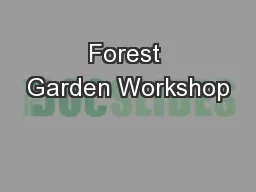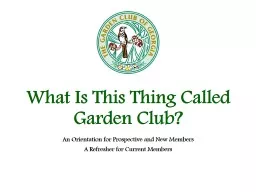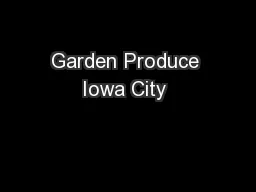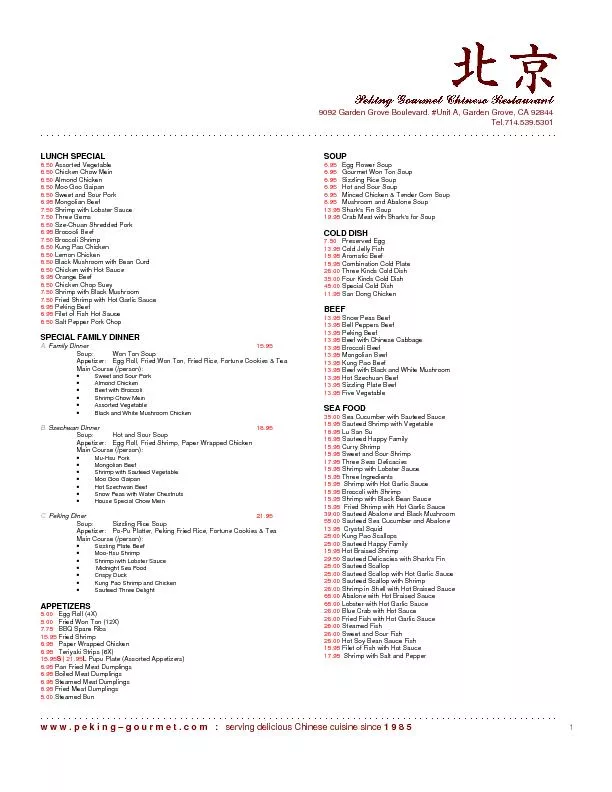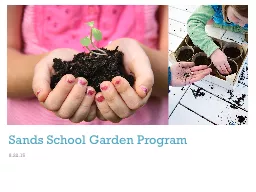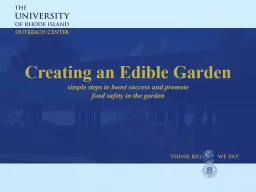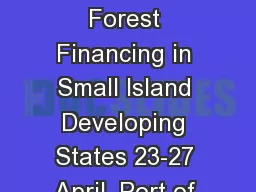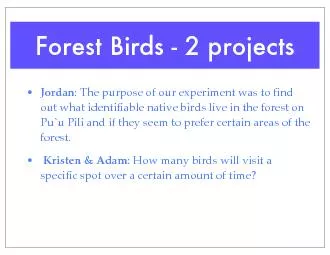PPT-Forest Garden Workshop
Author : briana-ranney | Published Date : 2017-12-12
14 th Jan 2012 Todays programme 945 1000 Tea coffee 1000 Welcome introductions 1015 Talk on forest gardens 1100 Tour planting demonstration and planting
Presentation Embed Code
Download Presentation
Download Presentation The PPT/PDF document "Forest Garden Workshop" is the property of its rightful owner. Permission is granted to download and print the materials on this website for personal, non-commercial use only, and to display it on your personal computer provided you do not modify the materials and that you retain all copyright notices contained in the materials. By downloading content from our website, you accept the terms of this agreement.
Forest Garden Workshop: Transcript
Download Rules Of Document
"Forest Garden Workshop"The content belongs to its owner. You may download and print it for personal use, without modification, and keep all copyright notices. By downloading, you agree to these terms.
Related Documents

